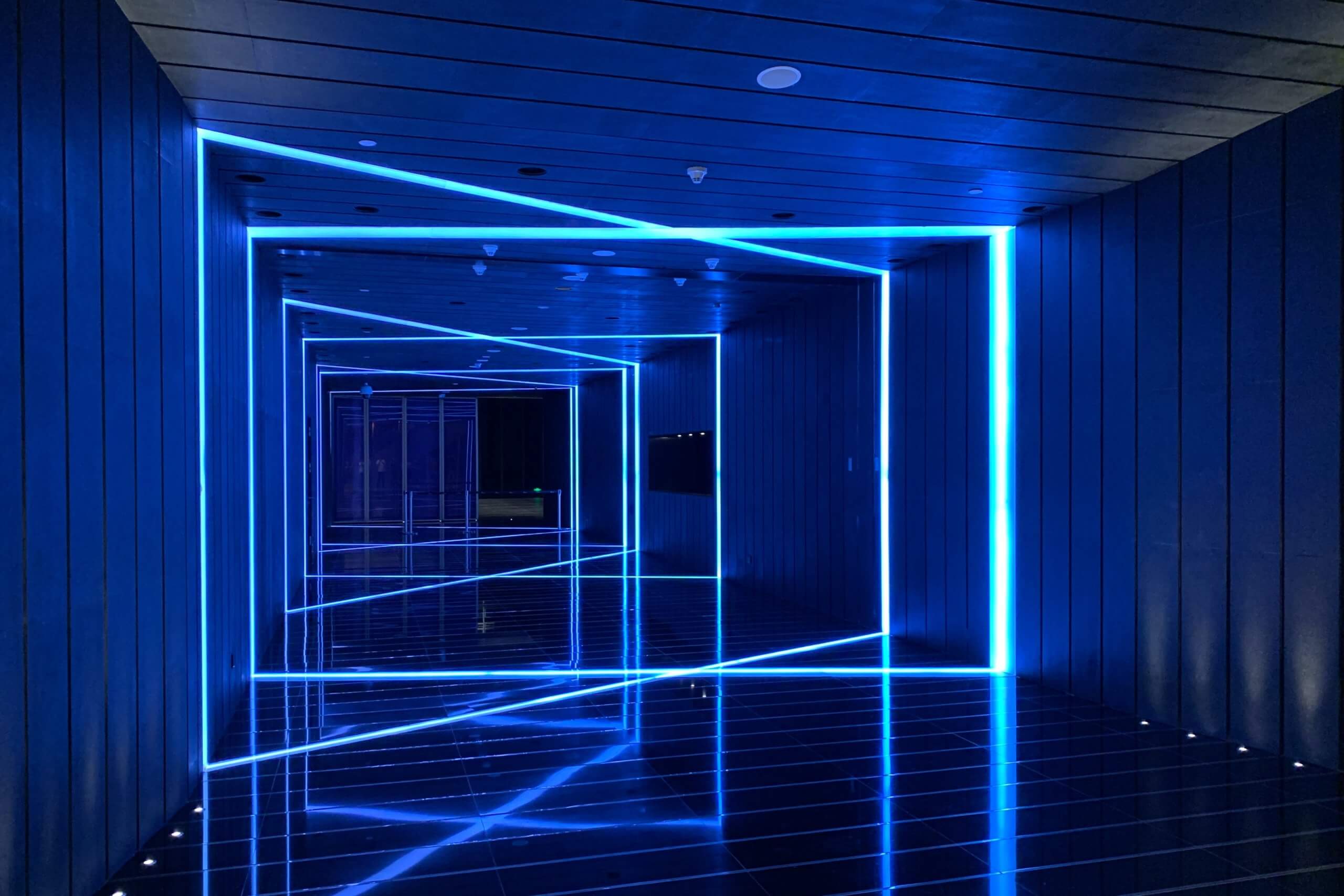Lighting is an important part of architectural design with the ability to transform a project and how people experience and understand architecture. Most buildings with changing lighting schemes that observe holidays and other events give an alluring appearance, especially during the night.
Whether the lighting is natural or artificial, it improves the visual appeal and allows you to see and appreciate the beauty in architecture. Without architectural LED lighting, the visual look of a building looks different. Light can enhance the textures, colors, and forms of a space. You can choose from an extensive selection of architectural lighting options for a variety of lighting options with the best optical performance and optimal visual comfort. Here’s a look at important features of architectural LED lighting.

Functionality
When it comes to architectural lighting, you want the lighting to be both visually appealing and also serve its purpose, which is to help you see. All areas and spaces should be illuminated for those using the space to feel safe when moving from one room or area to another. Safety includes being able to see the floor they are stepping on and the walls around them without bumping into anything. The LED lighting must produce sufficient light for the structure and the people using it.

Efficiency
Energy efficiency is another critical element of architectural lighting. You can design a spectacular lighting layout, but it needs to be energy efficient as well. The technology used in the making of LEDs technology results in less wasted light. The light should be able to reach its target with less wasted light thus making the building more energy-efficient.
This is why most people prefer to install architectural LEDs with international illumination standards instead of fluorescent lighting. LED sources provide the best lighting for exteriors in moderate to cool environments.

Before installing lighting fixtures, check if they can provide maximum lighting with minimum energy consumption. Most energy-efficient lights can be directed at reflective, shiny objects enhancing the effect of light on the space. Also, choose fixtures with just the right optics to avoid light spillage or pollution.
Aesthetic
Aesthetic helps interior designers and architects work on the emotional impact of lighting on occupants of the building. The designers will decide on the proper lighting depending on how they want people to feel when they work or walk around a space. For retail locations, the exterior lighting should be carefully placed where it can invite consumers in to draw the consumer in to linger, browse and buy. For public buildings, it should create a welcoming and vibrant environment. For offices, it should be creatively placed to represent the brand image.

Architecture LED lighting should be discussed with your interior designer, architect and electrician. By discussing with all three you will avoid mistakes that could cost you more money in the future in case you have to demolish a part since one was not informed. This will help you get more information on how to integrate architectural lighting design into your home. For example, some lighting systems, such as those built into the floor require proper cabling and fittings to be placed first. Also, don’t work on your lighting plans at the last minute.




Leave a Comment